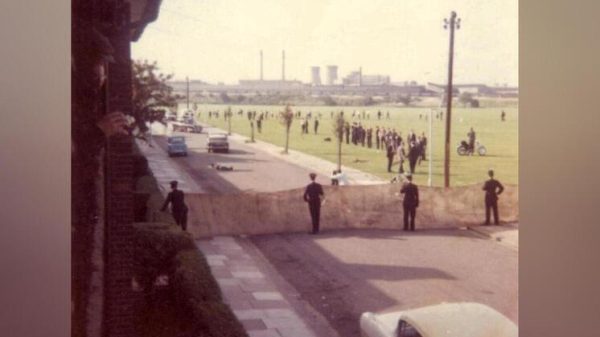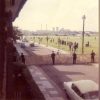Scientists are dismayed by the unexpected find
Archaeologists who assisted in the restoration work of the Split City Museum, one of the most important and visited museums in Croatia, located inside the Dominik Papalic Palace, made a sensational discovery. Large Roman baths and mosaics were discovered under the building during the renovation of the ground floor and installation of an elevator in the Split City Museum.
 Photo: Split City Museum
Photo: Split City Museum
The city of Split with a history dating back more than 2000 years, located in the middle of the Adriatic Sea, at the foot of the gentle slopes of Kozjak and Biokovo, has a rich past, reminiscent of Arkeonews.
During the ongoing work, which is part of the European project called «Palace of Life, City of Change», a valuable archaeological site has been discovered, containing previously unseen ancient remains from the construction of Diocletian's Palace.
During the planning stage of the work In the former Renaissance palace of the Papalich family (16th century), minor archaeological finds and, as such, research were expected, but then a sensational discovery occurred.
Total Croatia News reports that “an ancient floor structure has been discovered in a former museum reception room – heated floors, a hole for supplying warm air from the stove, praetorium, a hole inside the heated floor and the design of the stove.
Deeper excavations revealed an ancient mosaic in the southern room, followed by a continuation in the central room with a pool and a press for oil and grapes. According to Nebojsa Çingeli, director of archaeological research at Neir, a pool with a white mosaic floor was discovered in the northern room, next to the stairs.
Nebojša Çingeli explains that the finds under the Papalić Palace are related to water, as they are pools and cisterns, so it is easy to conclude that “there were once thermal baths in the northern part of Diocletian’s palace.”
This came as something of a surprise to both historians and archaeologists, since for many years it had been assumed that the northern part of Diocletian's palace contained barracks and training grounds for the emperor's personal guard and staff. It is expected that these discoveries will provide more information about the original floor plan of Diocletian's Palace.
“The fact that all these layers of earlier buildings that once made up the city are visible inside the Split City Museum gives this museum has an added value that is extremely rare. Multi-level construction began with the ancient layer and continued until late antiquity, Romanesque, Gothic, Renaissance… all the way back to the nineteenth and twentieth centuries is itself a paradigm”, – says Split City Museum director Vesna Bulić Baketić.
The plan is to keep the excavated rooms open to the public. Before inviting visitors, it is necessary to strengthen the walls and the structure in general. Architects will design a system of pedestrian paths over the open archaeological site to allow movement above it.























































Свежие комментарии